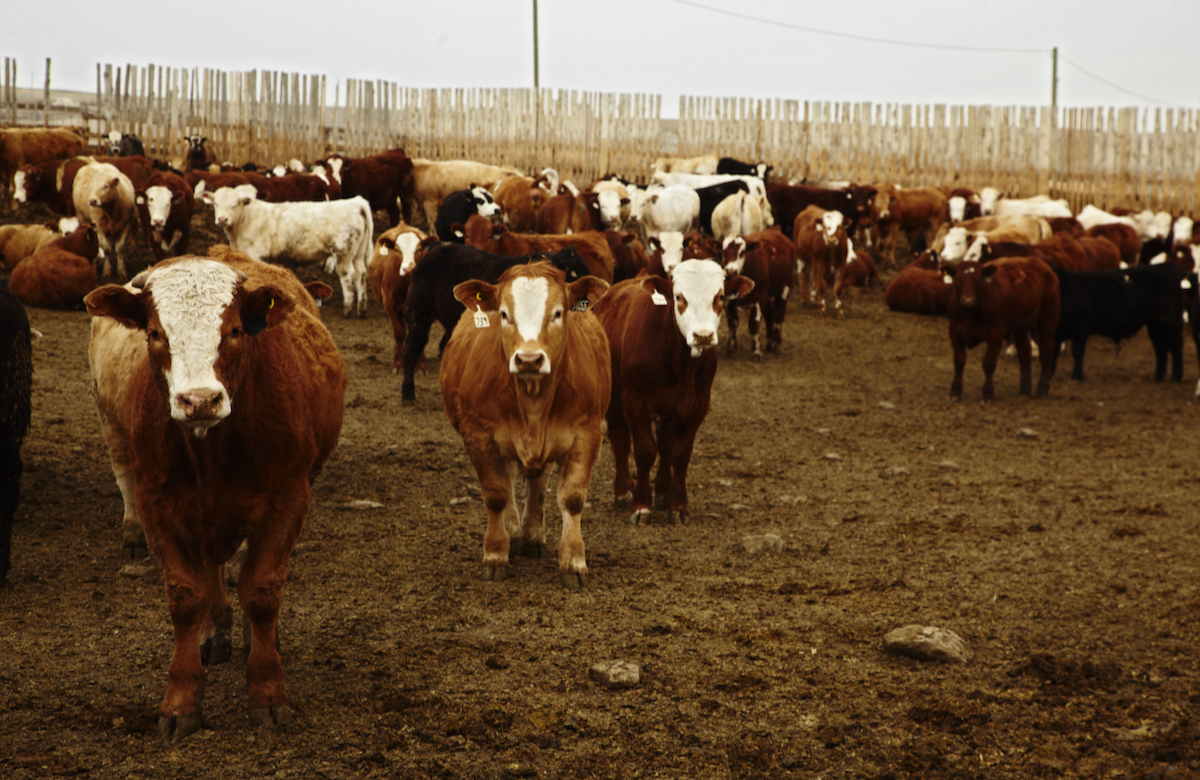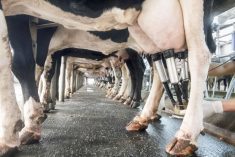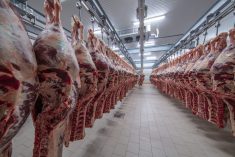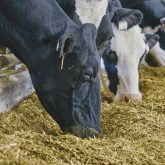Depopulation of 80,000 birds on four Chilliwack and Abbotsford poultry farms from the deadly strain of H5:N2 avian influenza virus has begun, said the Canadian Food Inspection Agency during a technical briefing today.
Chief veterinarian Dr. Harpreet Kochhar said four farms have been confirmed to have the virus, and depopulation of the turkeys and chickens has begun in an effort to control the spread of the virus.
“At this point we have only the four premises that have shown the signs and there is no others where there are symptoms of this particular disease,” said Kochhar, during the technical briefing.
Read Also

U.S. livestock: Cattle at fresh highs, hogs weaken
Cattle futures on the Chicago Mercantile Exchange climbed to fresh highs on Tuesday, as tight supplies and the ongoing closure…
Euthanasia and composting of the 13,000 birds in the Chilliwack farm has started. The three other farms are located in Abbottsford. Those barns contain 28,000 birds, 14,000 birds and 25,000 birds.
Once the birds have been euthanized using carbon monoxide, the birds’ feed and bedding will be composted inside the barn for slightly more than a week. The compost will then be taken outside and composted again.
The heat generated from the compost is enough to kill the virus,” said Kochhar.
The CFIA has established a one-kilometre control zone around the barns where all movement is limited. The province’s poultry industry has established a voluntary three km zone around the barns, and all birds leaving or entering the zone are tested for the avian influenza.
“Avian influenza is highly contagious and can spread rapidly. It is possible additional at-risk farms will be identified in the coming days, but at this point there isn’t anything else showing up,” he said.
All the birds were housed in a barn with high biosecurity measures. Investigators are trying to understand how the virus entered the barn.
Kochhaar said it is possible rodents, human movement or mechanical means may have brought manure from wild birds nearby into the barn.
















